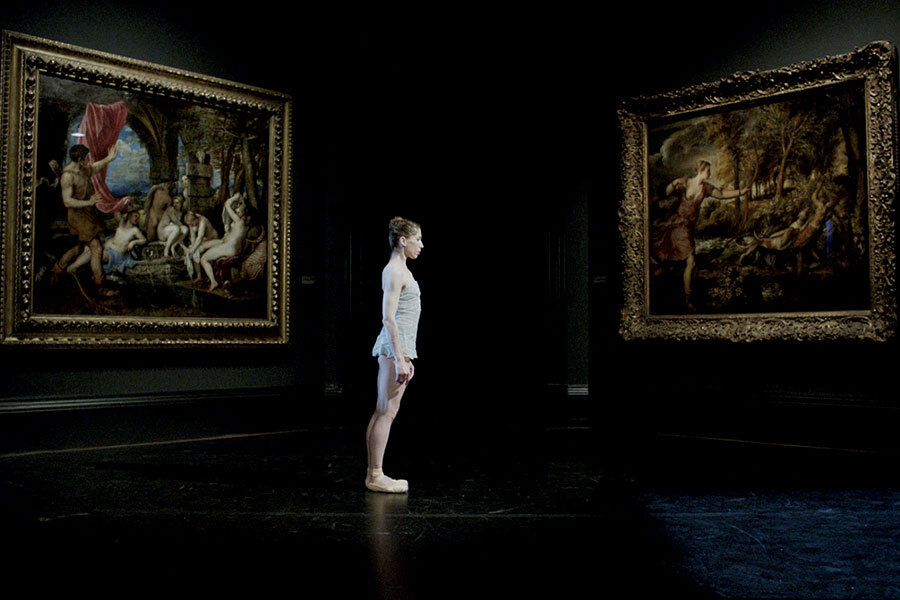'National Gallery' is a remarkable film about the experience of art in all its manifestations
Loading...
Frederick Wiseman’s documentary “National Gallery” is for art lovers, movie lovers – basically for anybody. Ostensibly a film about London’s famous museum, it’s really about the experience of art in all its manifestations. Wiseman makes movies about institutions in ways that inevitably anatomize the societies they inhabit. In “National Gallery,” filmed over 12 weeks in 2012, he touches on the business of running the museum, with the board meetings and logistics and PR people, but, in a larger sense, he is going after something much more elusive. He wants to instill in us a love for this artwork that is almost sacramental.
The National Gallery houses art almost exclusively from the 14th to the end of the 19th century, so the movie’s magisterially antiquated tone is set early. Wiseman and his longtime cinematographer John Davey give us shot after shot of great paintings – by Caravaggio, Holbein, Titian, Leonardo da Vinci, J.M.W. Turner, Rembrandt, and many others – and their emotional and visual power is too great to take in all at once. (Each of these masterpieces is a universe of feeling unto itself.) Wiseman recognizes the transcendence of this art, which is why, unlike many other films of his that often focus on the procedural dailiness of institutions, “National Gallery” is more concerned with the art itself, especially the ways in which it is preserved and restored, than in what surrounds it.
Not that there isn’t a judicious sampling of those surroundings. In one sequence, the museum’s director, art historian Nicholas Penny, barely tolerates a publicist at a board meeting who suggests a way to make the museum more audience-friendly (i.e., dumbed down). There are discussions about the suitability of using the museum’s facade for a video display of the London Marathon. Big surprise: Penny is not on board for this. It’s not that he’s an effete snoot; he just wants the museum to serve as a citadel for beauty. When, later in the film, he lectures on Poussin’s “The Triumph of Pan,” he looks like a man who wants to be nowhere else in the world.
Penny is joined at the museum by a cadre of art lovers whose ferocity for such beauty matches his own. While cleaning Rembrandt’s “Portrait of Frederick Rihel on Horseback,” Larry Keith, the director of conservation, discusses the painting in ways that bring us deep inside the great Dutch artist’s methods, even revealing the existence of a painting concealed beneath the one we see. Another time, we get a sort of impromptu master class on Leonardo’s “The Virgin of the Rocks,” which a lecturer perfectly describes as “this wonderful mixture of observation and imagination.” Wiseman shows us the faces of the art patrons, all shapes, ages, colors, as they pass through the galleries. Many of them, unsurprisingly, are rapt.
As is always the case, Wiseman does not provide any voice-over commentary. In “National Gallery,” which runs three hours, he certainly did not need to: The museum’s historians and lecturers are founts of explication.
One docent, speaking of the function of religious art in the Middle Ages, talks about how paintings served as a “sacramental channel.” Later on, what at first looks like a drawing class turns out to be a class for visually impaired people on “looking” at a Pissarro painting. Says another speaker: “Paintings change, and how you look at them changes as well.” How could they not? It is almost the definition of great art that, as you grow older, there is always more to discover. The last shot in this remarkable film is a heart-stopping full-frame close-up of a late Rembrandt portrait. At age 84, Wiseman may have selected this final image as a kind of communion: a way of sounding the hushed mysteries of age. Grade: A (This film is not rated.)







